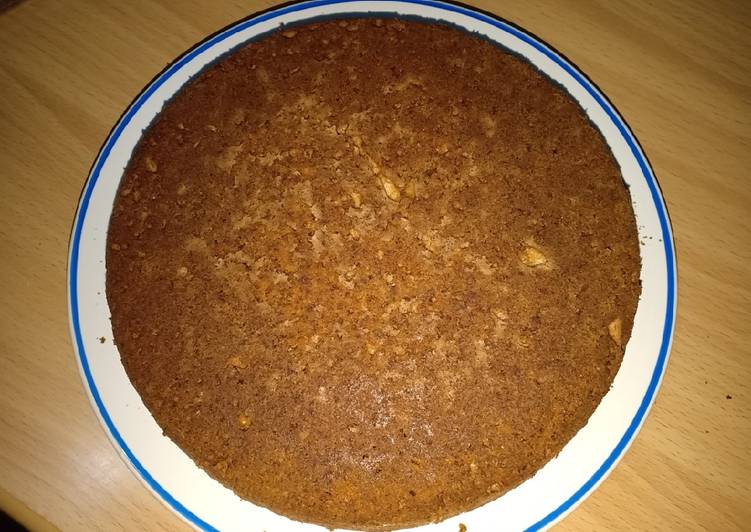Orange cassava oat cake. Mini Orange Oatmeal Cake that's easy to make and so moist and tender. Made with orange juice and oats, it's perfect for breakfast or a snack. This single serving cake is made with oats, orange juice and a few other pantry staples.
 Cassava Cake is a classic Filipino dessert made from grated cassava (manioc). Cassava is also known as kamoteng kahoy and balinghoy in the This cassava cake recipe is my personal favorite. It is not until the time when I came here in the US that I was able to try the best cassava cake. You can have Orange cassava oat cake using 9 ingredients and 5 steps. Here is how you cook it.
Cassava Cake is a classic Filipino dessert made from grated cassava (manioc). Cassava is also known as kamoteng kahoy and balinghoy in the This cassava cake recipe is my personal favorite. It is not until the time when I came here in the US that I was able to try the best cassava cake. You can have Orange cassava oat cake using 9 ingredients and 5 steps. Here is how you cook it.
Ingredients of Orange cassava oat cake
- It's 1 of orange.
- You need 1 cup of cassava flour.
- Prepare 1 cup of oats.
- It's 3 of eggs.
- You need of Vanilla essence.
- You need 250 grams of sugar.
- Prepare 250 grams of margarine.
- Prepare 2 tbsp of oil.
- You need of milk.
In another bowl, stir together the flour, oats, salt, ginger, and baking powder. Orange Oatmeal Cake. this link is to an external site that may or may not meet accessibility guidelines. Making Cassava Cake is pretty easy. The main thing is getting hold of all the ingredients.
Orange cassava oat cake instructions
- Preheat the oven at 200 degrees for 20 minutes..
- Mix in the blend eggs, vanilla essence,orange, margarine,oil, sugar,a little milk and blend till fine..
- In a bowl, mix your oats and cassava flour and make a well and pour in the wet ingredients. Mix well and add milk until you get the desired consistency.(Do not over mix.).
- Grease you baking pan with margarine and pour in your butter..
- Bake at 200 C for one hour or until a toothpick comes out clean on piercing your cake..
You can get frozen grated cassava from ethnic stores. And from then it is a simple process. The first thing is to make the Cassava Cake batter, followed by the sweetened luscious and decadent custard topping. Cassava cake is a traditional Filipino moist cake made from grated cassava, coconut milk, and condensed milk with a custard layer on top. It is a very popular dish in the Philippines, where it is commonly eaten for merienda.
0 Komentar